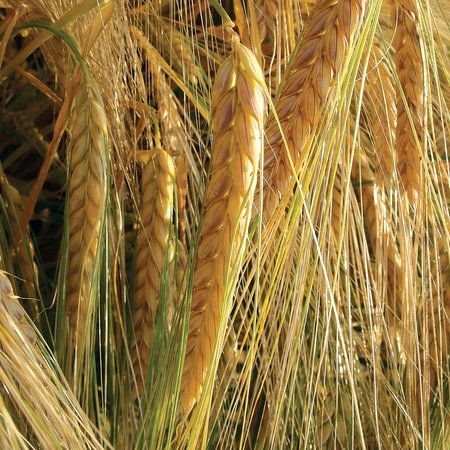Australia: Boat barley caps northern market

The arrival in Brisbane of a cargo of Western Australian barley has seen SFW wheat trade in the northern market trade at a premium to barley for the first time since January.
It has also made northern barley the only quoted market to ease in the past week, with ongoing dry conditions in northern New South Wales, and bullish factors offshore, lifting values.
As the financial year nears its last week, growers remain reluctant sellers of stored grain, and if northern NSW stays dry, those a long way from port are tipped to retain stocks until just before new-crop arrives and the inverse is at its height.
| Jun 22 | Jun 15 | New crop | |
| Barley Downs | $432 | $435 | NQ |
| SFW wheat Downs | $435 | $425 | NQ |
| Sorghum Downs | $400 | $390 | NQ |
| Barley Melbourne | $360 | $355 | $355 up $3 |
| ASW Melbourne | $410 | $395 | $400 up $3 |
| SFW Melbourne | $405 | $390 | NQ |
Table 1: Indicative prices in Australian dollars per tonne.
A cargo of WA feed barley offered free-on-truck Brisbane port has sold out.
Trade sources report south-east Queensland feedlots away from the sector’s heartland on the Western Downs and poultry operations in greater Brisbane have been the buyers.
The FOT price at port for this month’s boat was said to be $410/t, but is down a few dollars for the July arrival, with barley from West Wyalong in NSW and points south still being a more affordable option for Western Downs feedlots.
Sources report one cargo each in July and August is booked to arrive in Brisbane, and the monthly flow will keep up if dry conditions spread north of the Qld-NSW border.
“Whether it’s WA or South Australian barley, the quality we’re going to see is pretty high,” one trade source said.
This is in contrast to some parcels being offered up from central and southern NSW, where the sodden growing season has made quality a mixed bag.
SFW wheat values have ticked higher in the north as growers and traders with stocks on hand hold on to them to find out how the north’s season pans out.
“Now we’re getting barley into Qld from down to the Victorian border, and from WA, and wheat down to the northern part of Port Kembla,” one trader said.
“Where the big grower-owned stocks are sitting…are in the areas that haven’t been planted, so this is where they’re going to hang on,” another source said.
“A lot of feedlots have good coverage for July, August and September, and that’s when growers are wanting to sell if it rains.
“If we get improved winter-crop conditions, growers can sell more old-crop to get some cash flow coming in.”
SFW wheat delivered Downs has rallied around $20/t since early May.”
“We’ll lose that pretty quickly if it rains where they need it.”
However, large areas west of Moree and Narrabri remain unplanted as the window for getting bread wheat in the ground nears its nominal closing date, and forecasts hold little hope of bringing enough rain to spark a widespread late barley or durum plant.
While pockets of southern NSW had single-digit rainfall in the week to 9am today, most of the Victorian Mallee had 5-10mm, and the Wimmera more like 10-20mm.
South Australia had an ideal 10-25mm in most locations, but generally below 10mm in the Murray-Mallee.
Some areas with heavier soils are almost too wet, but crops in south-eastern Australia generally are in very good stead.
With showery conditions forecast to continue into next week, many growers are top-dressing with urea to capitalise on yield potential.
In southern NSW, growers are eyeing the strong inland feed market to their north, and one trader said if drought takes hold and governments introduce freight subsidies, volume heading up the Newell Highway could increase considerably.
“If freight subsidies come back in, $100/t in freight could be cut back to $50,” one trader said.
“If northern NSW stays dry, and Qld gets dry too, that third-tier market will come in, and growers in southern NSW will be selling their grain into that.”
Read also
Wheat in Southern Brazil Impacted by Dry Weather and Frosts
Oilseed Industry. Leaders and Strategies in the Times of a Great Change
Black Sea & Danube Region: Oilseed and Vegoil Markets Within Ongoing Transfor...
Serbia. The drought will cause extremely high losses for farmers this year
2023/24 Safrinha Corn in Brazil 91% Harvested
Write to us
Our manager will contact you soon



